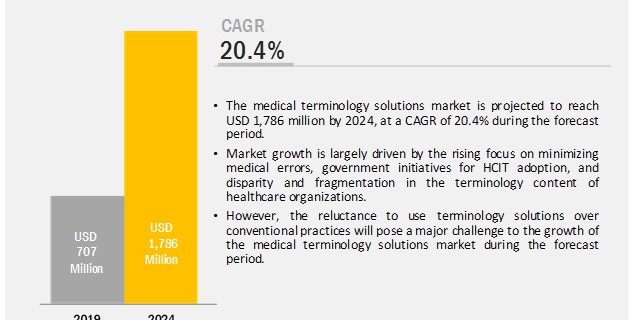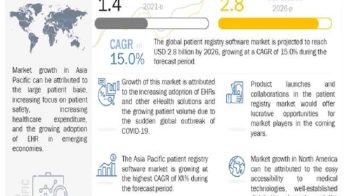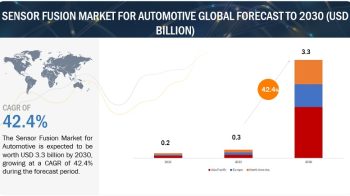
What This Report
Will Provide?
This study involved four major
activities in estimating the current size of the medical terminology software
market. Exhaustive secondary research was carried out to collect information on
the market, its peer markets, and its parent market.
The next step was to validate these findings, assumptions, and sizing with
industry experts across the value chain through primary research. Both top-down
and bottom-up approaches were employed to estimate the complete market size.
After that, market breakdown and data triangulation procedures were used to
estimate the size of segments and subsegments.
Expected Revenue Growth:
[138 Pages Report] The medical terminology software
market is
projected to reach USD 1,786 million by 2024 from USD 707 million in 2019, at a
CAGR of 20.4%Major Growth Boosters:
The
growth in this market is driven by factors such as the rising focus on
minimizing medical errors, government initiatives for HCIT adoption, and
disparity and fragmentation in the terminology content of healthcare
organizations.
Key Questions Addressed in The Report:
1. Who are the top 10 players operating in the global medical
terminology software market?
2. What are the drivers, restraints, opportunities, and challenges in the
medical terminology software Industry?
3. What are the opportunities for stakeholders and
provide details of the competitive landscape for key players?
4. What will be growth of medical terminology software in North America,
Europe, Asia Pacific, Latin America, and the Middle East and Africa?
Download PDF Brochure:
https://www.marketsandmarkets.com/pdfdownloadNew.asp?id=239939409
Recent Developments:
In 2018, Clinical Architecture (US)
launched Symedical on FHIR, its latest in Healthcare Content Management.
In 2018, CareCom (Denmark) and Tieto (Finland), an IT software and service
company, signed a strategic partnership solving the challenge of semantic
interoperability for Healthcare IT systems. Under this partnership, the
companies intend to strengthen the cooperation and product offering for
CareCom’s terminology platform, HealthTerm.
In 2016, Wolters Kluwer (Netherlands) announced a partnership with Health Core,
Inc., (US), a clinical outcomes research subsidiary of Anthem, Inc. (US), to
provide data normalization services to the California Integrated Data Exchange
through its health language enterprise terminology management platform.
Regional Growth Analysis:
Geographically, the
global medical terminology software industry is segmented into North America,
Europe, Asia Pacific, Latin America, and the Middle East & Africa. The
large share of North America is attributed to the high adoption of HCIT
technologies, regulatory requirements regarding patient safety, the presence of
leading market players in the region, and growing demand for accurate data
exchange between healthcare providers and payers to streamline workflows.
Request Sample Report:
https://www.marketsandmarkets.com/requestsampleNew.asp?id=239939409
Key Players:
Prominent
players in the medical terminology software market are Wolters Kluwer
(Netherlands), Intelligent Medical Objects (US), Apelon (US), Clinical
Architecture (US), 3M (US), CareCom (Denmark), Bitac (Spain), B2i Healthcare
(Hungary), BT Clinical Computing (Belgium), and HiveWorx (Ireland).
Intelligent Medical Objects is the leading player in the medical terminology
software market. IMO develops, manages, and licenses medical terminology and
HCIT software applications that allow clinicians to capture clinical intent at
the point-of-care. IMO offers an enterprise platform that hosts its
dictionaries and services to meet the day-to-day terminology needs of its
customers.

![[Latest 2028] Cloud Security Market Estimation, Key Players, Growth Opportunities](https://mnmblog.org/wp-content/uploads/2024/04/cust-350x196.webp)
